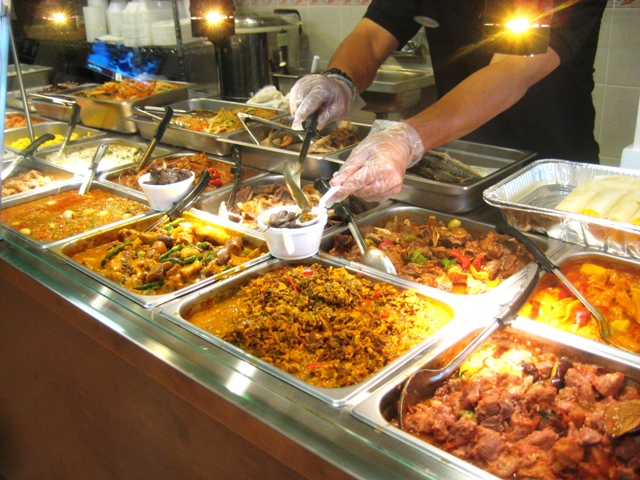Since 1925, the basic education system in the Philippines has been surveyed and reformed countless times. However, such reforms haven’t exactly proved to be successful. The current Philippine education system, which was modeled to reflect the K-12 system in the US, continues to face much critique. Some argue for a decentralization of the basic education system by installing school-based management, as to cater to the needs of each particular socioeconomic environment and other influential factors. According to the World Bank, Philippine primary school enrollment is relatively high. UNESCO reports that literacy rates are also high. However, the education system continues to struggle with lack of resources, understaffed schools, and managerial and organizational issues. Secondary school enrollment is usually lower. As of 2012, the Department of Education (DepEd) made school compulsory. Though enrollment may be higher than it has been in the past, there is a severe lack of employment opportunity for after graduation.
Many activists and reformers are pushing for efforts to revitalize the education system, such as Teach for the Philippines; they continue to work toward education equality throughout the PI. However, how can a nation create larger, systemic change to a problem that countries face across the world?
The Association of Southeast Asian Nations (ASEAN) was formed in 1967, is currently pushing for regional economic collaboration by 2015. Member countries include Brunei, Burma/Myanmar, Cambodia, Indonesia, Laos, Malaysia , Singapore, Thailand, Vietnam, and the Philippines. It is even a goal to use English as the primary language of communication, which is why there’s a major push for language acquisition across ASEAN. However, according to a 2008/2009 report, the Philippine Congressional Commission on Education (EDCOM) notes that the country has a poor performance of improving the education system, unlike many other Asian nations. This creates even further concern for the future of the Philippines.
In addition to primary and secondary school reform, there is also a call to address higher education. As ASEAN promotes the movement of goods, services and labor between its member countries, the Philippine Daily Inquirer raises and important question: “What does this mean for our students who will be graduating from universities in a few years and will then be looking for work?”
As employment opportunities are already scarce, not just in the Philippines alone, but across the Philippine diaspora, I wonder what will happen to my friends and family. The struggle to find work continues to grow more competitive. Some of my relatives and family friends, despite attaining a higher degree back in the PI, are now domestic helpers or working in retail, for example. How is this fair, when such hardworking individuals are forced to find work outside of their expertise or training?
Many Filipinos have migrated, leaving behind families in search for work. Something must be done to reverse this “brain drain”, and I believe should be continuous support and investment in education. We need the youth of the PI and the larger Pilipino community to know we believe in them by providing them with the tools needed to succeed in a global community, and not just for economic gain.



